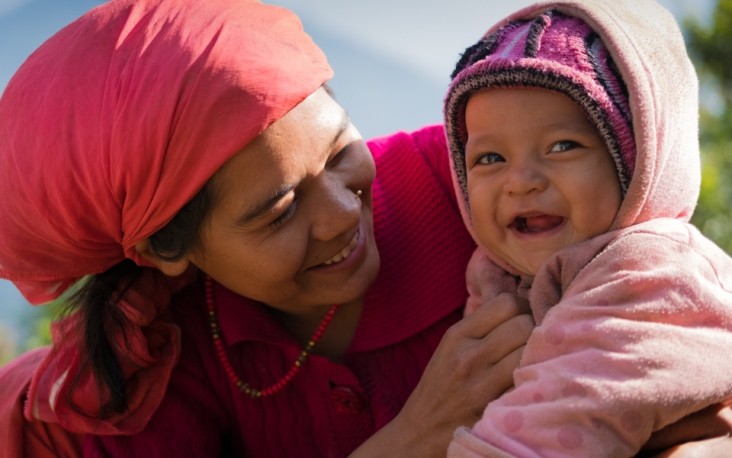

The Nepal Demographic and Health Survey (NDHS), 2022 has shown that there has been an improvement in the maternal and child health situation in the country.
The reproductive rate has decreased by half in the last two and a half decades, the Ministry of Health and Population said in a press conference organised to share the findings of the Survey here on Friday.
As per the Survey, a woman gave birth to two children on an average. The birth rate per woman which was four to six children in 1996 has gone down to two to one child per woman in 2022.
Similarly, the Survey showed that there has been a significant decrease in the mortality rate of children below five years of age. The mortality rate of children below five years of age was 118 per a thousand live births in 1996 and now it has comparatively dropped to 33 per 1,000 live births.
The coverage of basic vaccination among 12 to 13 months old children has expanded over the last 25 years. The inoculation coverage which was 43 percent in 1996 has reached 80 percent in 2022.
Ministry’s secretary Dev Kumari Aryal expressed the belief that the Survey’s data would support in formulating the forthcoming plans. “This survey will work as a guideline in developing health-related plans and policies. The coordination of the different Ministries with the Ministry of Health and Population is crucial for addressing the challenges pointed out to by the Survey,” she said.
Director-General of the Department of Health Services, Dr Dipendra Raman Singh shared that as per the Survey the situation of malnutrition, infant and child mortality, stunting among children and anemia was not satisfactory. Twenty-five percent of children below five years of age are suffering from stunting.
“The highest percentage of stunting is found among the children in Karnali province. Stunting is seen in 33 percent children in Karnali and these children are at risk of long-term malnutrition,” said Krishna Prasad Poudel, Chief of the Policy and Plan Monitoring Division at the Ministry.
According to him, the number of women undergoing delivery at health facilities was relatively less. The demand for contraceptives is 78 percent and the supply is 57 percent. This shows that still 21 percent demand for contraceptives is unmet.
The prevalence of anemia among children is 43 percent and 34 percent among women.